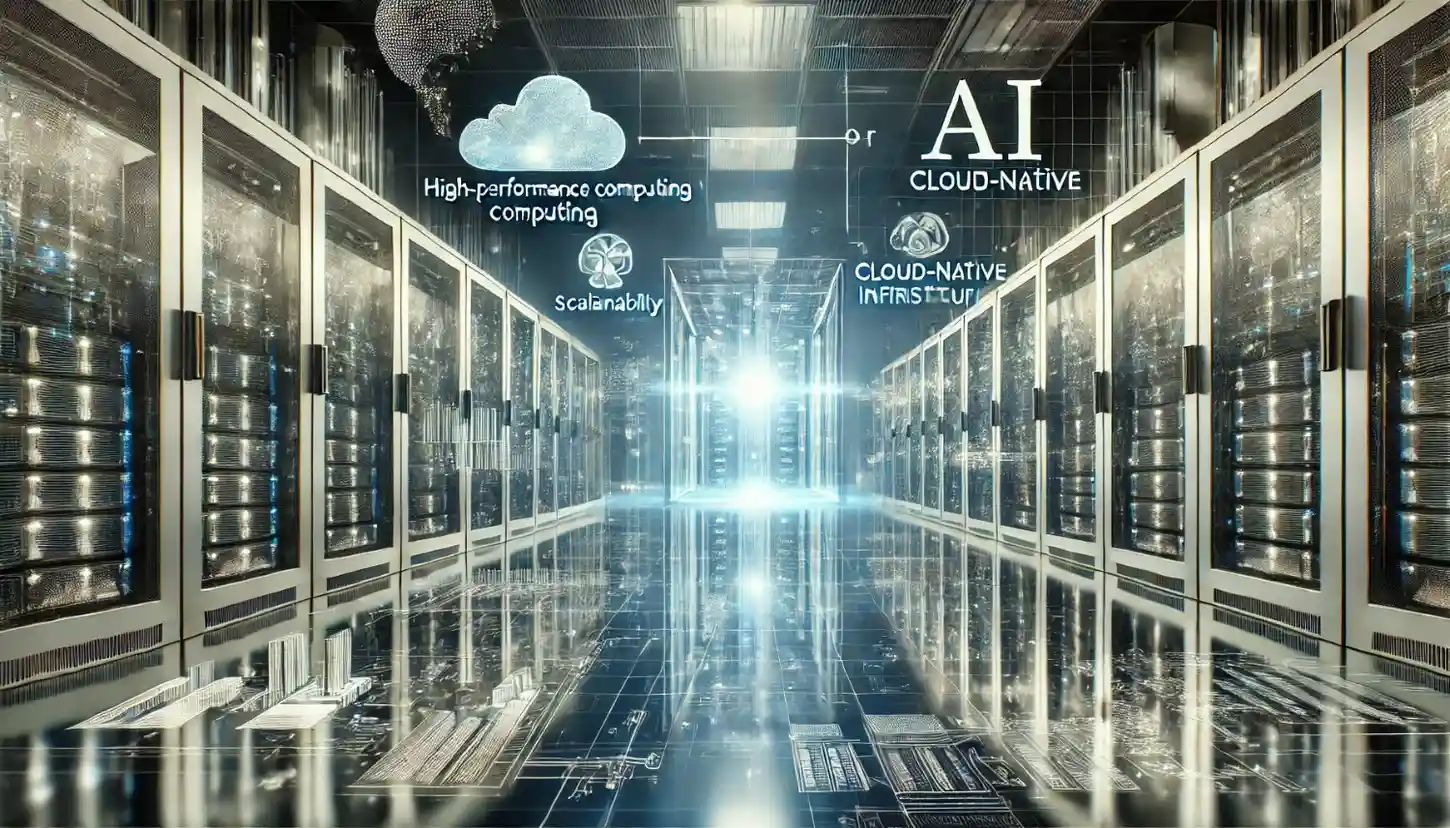As artificial intelligence (AI) continues to evolve, businesses must adopt cloud-native infrastructure to meet its growing demands. Cloud-native solutions, including high-performance computing, storage, and data management systems, offer the flexibility and scalability required to support the increasing computational needs of AI, particularly Generative AI (GenAI).
Traditional infrastructures often struggle to handle the massive data flows and high-performance needs associated with modern AI applications. In contrast, cloud-native architecture enables businesses to scale their infrastructure rapidly, accommodating fluctuating demands and ensuring the necessary computing power for data-heavy AI processes and GenAI models.
These cloud-native platforms not only support the heavy computational operations of AI but also enhance agility. They allow businesses to deploy, manage, and update AI applications more efficiently. Furthermore, cloud-native environments integrate seamlessly with AI development workflows, accelerating innovation by eliminating the constraints of outdated infrastructure.
AI’s Economic Impact in the GCC
AI’s potential to create real value in the GCC is substantial, with research indicating that AI could contribute $150 billion to the region’s economies, representing 9% of their combined GDP. Specifically, GenAI could account for 1.7% to 2.8% of annual non-oil GDP in GCC countries today, according to McKinsey.
In the GCC, businesses are eager to adopt AI, with around 75% of companies reporting GenAI usage in at least one area of their operations. Additionally, 57% of GCC companies already allocate over 5% of their digital budgets to AI, signaling a strong investment trend. The region is poised to benefit greatly from AI, with projections indicating $9.9 of economic growth for every $1 invested in GenAI.
However, this rapid adoption is straining the existing infrastructure. AI requires immense computing power, large-scale data storage, and sophisticated algorithms, all of which contribute to higher energy consumption, costs, and sustainability concerns. Traditional infrastructure struggles to support these demands, highlighting the need for modernisation to maximise AI investments.
The Growing Need for AI Infrastructure
AI infrastructure spending, which includes hardware like servers and cloud systems, is substantial but growing at a slower pace than the adoption of GenAI. IDC research forecasts a 14.7% compound annual growth rate (CAGR) for AI infrastructure through 2028, driven by earlier investments from cloud service providers.
In the Middle East, the data centre market is expected to grow from $5.6 billion in 2023 to $9.6 billion by 2029. Saudi Arabia, in particular, plans to invest $100 billion in AI-focused infrastructure. Yet, the region’s data centres are near capacity, and AI adoption rates are tethered to the pace of infrastructure development.
Key Elements of AI Infrastructure
AI infrastructure must address several core needs to be effective. First, businesses need secure, compliant systems to process vast amounts of data. Data security and regulatory compliance, including GDPR adherence, must be part of the infrastructure strategy to protect both AI models and data.
Additionally, businesses require scalable, reliable, and cost-efficient infrastructure for data management. Cloud Infrastructure as a Service (IaaS) and Platform as a Service (PaaS) can store, process, and access data seamlessly, enabling efficient AI model training. These platforms also allow for customisation, improving the relevance of AI applications and streamlining model development.
For a consistent and trustworthy user experience, AI applications must run on reliable infrastructure. Downtime and performance issues can erode user trust and disrupt business operations. A solid infrastructure ensures high availability and minimizes service interruptions.
Moreover, AI infrastructure must be energy-efficient. As GenAI models grow more power-hungry, energy consumption and operational costs are rising. Green data centres, renewable energy sources, and energy-efficient hardware are becoming critical to sustaining AI growth without exacerbating carbon footprints.
Balancing Sustainability and Innovation
Optimising power consumption and adopting sustainable practices help businesses reduce operational costs while meeting sustainability goals. As AI adoption accelerates, the demand for energy-efficient infrastructure will be a competitive differentiator, allowing companies to align technological innovation with corporate social responsibility.
In the future, businesses must prepare for the shifting landscape of AI by addressing infrastructure challenges, including security, compliance, and sustainability. As decision-making becomes more real-time, and demand for sustainable solutions rises, companies must adopt proactive infrastructure strategies to stay competitive in the evolving AI era.
The choice is no longer whether to invest in cloud infrastructure modernisation but how quickly businesses can adapt to maintain their edge in this transformative AI-driven landscape.















